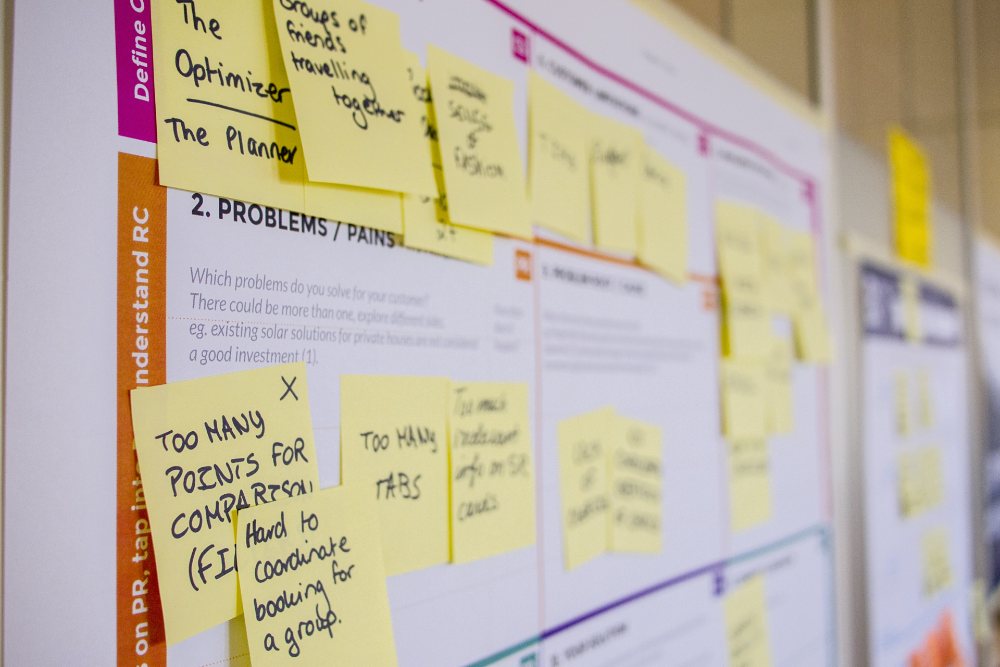Scrum is a popular framework for managing projects and is widely used in software development. The name “Scrum” comes from the sport of rugby, where a scrum is a formation used to restart play. Similarly, in Scrum, teams come together to restart and deliver a product or service.
What is Scrum Project Management?

The basic components of Scrum include the Scrum team, the Product Owner, the Scrum Master, and the Scrum events.
The Scrum team is a cross-functional group of individuals who work together to deliver the product or service. The team is responsible for completing all the work needed to deliver the product, including planning, design, development, testing, and deployment.
The Product Owner is a key role in Scrum and is responsible for representing the stakeholders and customers. The Product Owner is responsible for creating and maintaining the product backlog, which is a prioritized list of items that need to be completed to deliver the product.
The Scrum Master is responsible for ensuring that the Scrum process is followed, and that the team is working effectively. The Scrum Master is a facilitator and coach, rather than a traditional manager.
Scrum Events
Scrum events include Sprint Planning, Daily Scrum, Sprint Review, and Sprint Retrospective.
Sprint Planning is a time-boxed event where the team plans the work for the next Sprint. During this event, the team reviews the product backlog, and selects the items that will be completed during the next Sprint.
The Daily Scrum is a short meeting where the team reviews the progress of the work and plans for the next day.
The Sprint Review is a time-boxed event where the team demonstrates the work that was completed during the Sprint, and receives feedback from stakeholders.
The Sprint Retrospective is a time-boxed event where the team reflects on the last Sprint, and identifies ways to improve for the next Sprint.
In summary, Scrum is a framework for managing projects that emphasizes transparency, inspection, and adaptation. It is based on the principles of teamwork, accountability, and continuous improvement. The Scrum team, the Product Owner, the Scrum Master, and the Scrum events are the basic components of Scrum, and they work together to ensure that the project is delivered on time and meets the needs of the stakeholders.
